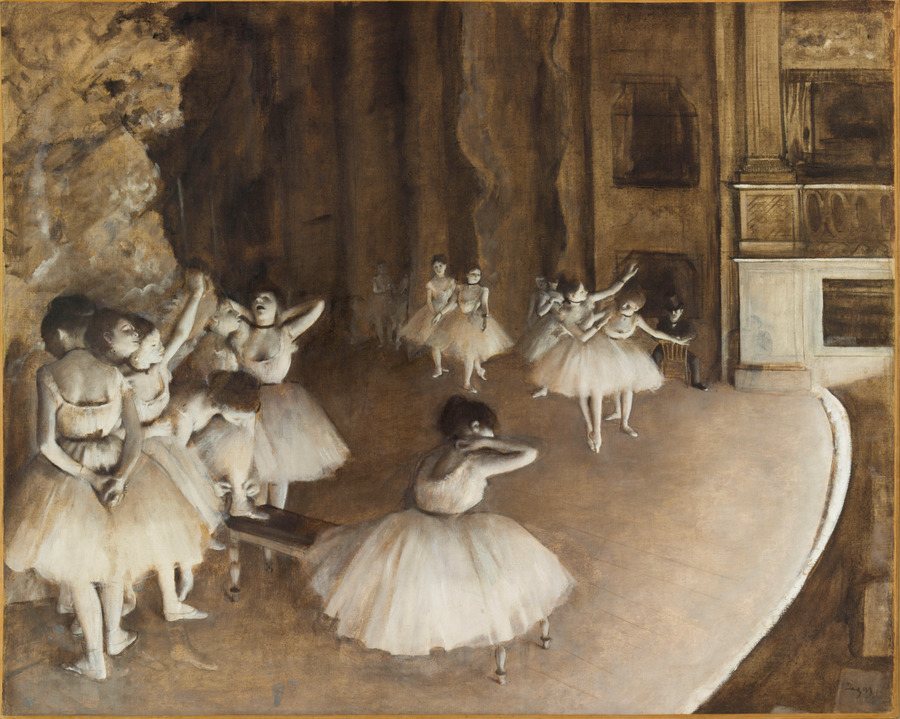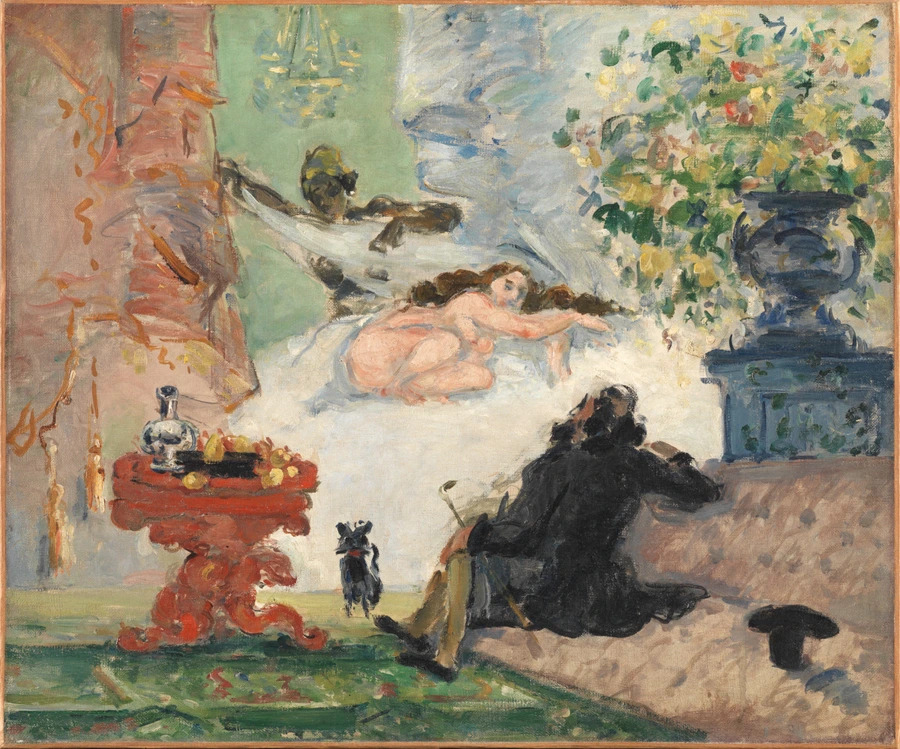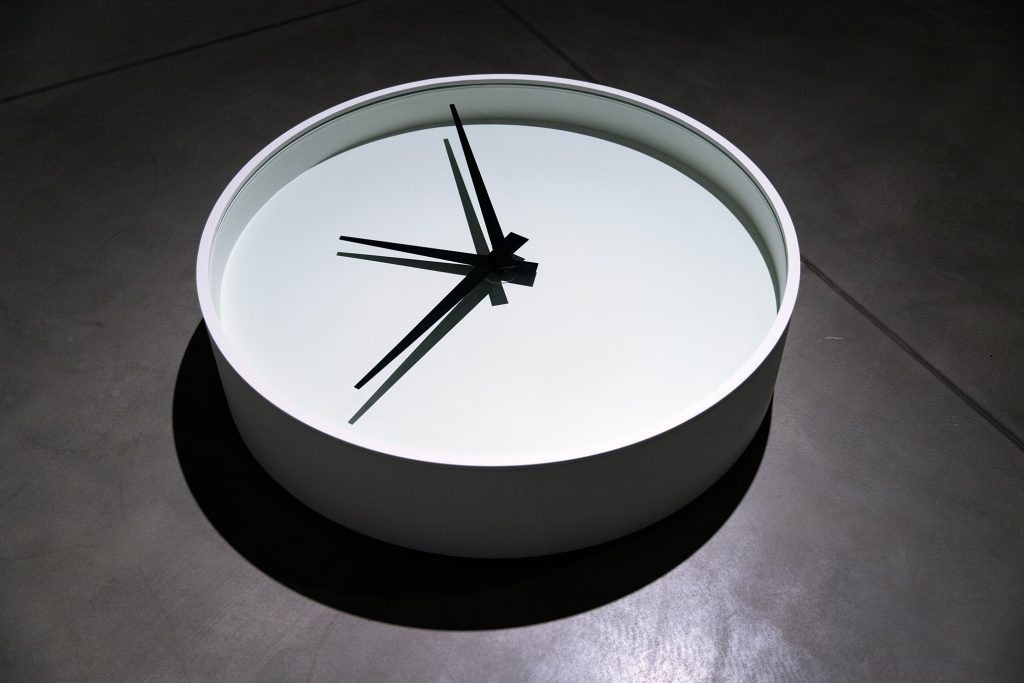The Orsay Museum in Paris commemorates 150 years of Impressionism today with an unprecedented gathering of the masterpieces that ignited the movement, alongside a captivating virtual reality journey transporting visitors back in time.
Through cutting-edge VR technology, attendees of “Paris 1874: Inventing Impressionism” can immerse themselves in the streets, salons, and picturesque locales that marked a seismic shift in art.
Equipped with VR headsets, they stroll alongside luminaries such as Claude Monet, Edgar Degas, and Paul Cezanne on April 15, 1874. On this day, weary of rebuffs from the conservative gatekeepers of the official art Salon, these daring young painters orchestrated their own independent exhibition, now hailed as the genesis of Impressionism.

© Musée d’Orsay, Patrice Schmidt
The Orsay has assembled 160 paintings from that pivotal year, featuring numerous masterpieces from the landmark show. Among them, Monet’s “Impression, Sunrise,” with its evocative blood-red sun, credited with christening the movement, and his “Boulevard des Capucines,” the venue of the exhibition.
In bold, spontaneous strokes, the Impressionists captured the essence of modern life, from Degas’s ballet dancers to Camille Pissarro’s pastoral scenes and Auguste Renoir’s vibrant depiction of “Bal du Moulin de la Galette” riverside revelry.
They epitomized the dynamism and flux of a nascent modern era emerging from the aftermath of war with Prussia and the brief Parisian uprising of previous years. “The Impressionists aimed to depict the world as it unfolded amidst significant change,” remarked Sylvie Patry, co-curator of the exhibition. “They delved into new subjects: railways, tourism, entertainment… Their focus was on capturing sensations, impressions, and the fleeting moment,” she added.

Thanks to loans from institutions like the National Gallery in Washington, many paintings, including Renoir’s “The Parisian Girl” and “The Dancer,” reunite for the first time in 150 years.
The exhibition juxtaposes works from the official Salon of that year, showcasing the Impressionists’ rejection of conventional formalism and the prevailing obsession with historical and mythological narratives. Yet, it also reveals overlaps, as diverse artists gradually embraced innovative styles.
“The narrative of that exhibition is more nuanced than commonly perceived,” Patry explained. “The artists were acquainted and had been experimenting with this new style since the 1860s.”
Despite modest attendance and sales at the inaugural exhibition – only around 3,500 visitors and four paintings sold out of nearly 200 works – Impressionism gained traction through subsequent showcases in the ensuing years.
The Orsay exhibition runs until July 14 before heading to Washington in September. The immersive virtual reality experience has been extended until the conclusion of the Paris Olympics on August 11.









